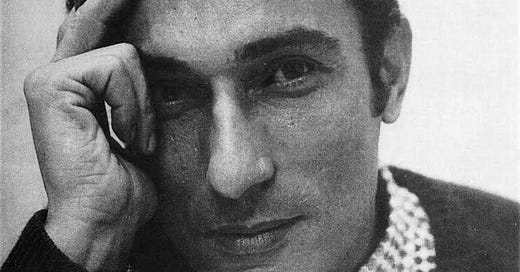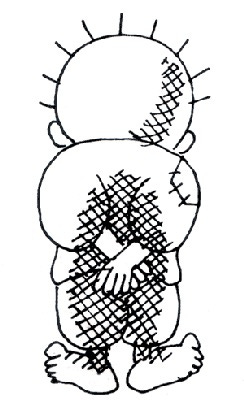Naji Al-Ali’s legacy echoes even louder today as Israel pummels Gaza
Naji Al-Ali is the famous Palestinian cartoonist behind the Handala.
Ali was born in Ein Al Hilweh refugee camp, the largest Palestinian refugee settlement in Lebanon.
A Shia Muslim, Ali was openly tolerant and embraced diversity. He even attended a Christian school in his early life.
He attended an art academy in Lebanon and eventually began a career as a cartoonist. His most famous figure is titled Handala. The character is depicted as a ten-year-old boy, with his back turned to the viewer and his hands clasped behind his back.
The artist explained that the ten-year-old represented his age when forced to leave Palestine and would not grow up until he could return to his homeland.
Handala’s turned back and clasped hands symbolise the character's rejection of "outside solutions".
Handala wears ragged clothes and is barefoot, symbolising his allegiance to the poor.
Ali ultimately vowed that his figure, Handala, would "reveal his face to the readers again only when Palestinian refugees return to their homeland".
Ali was assassinated by the Mossad in 1987 in Kuwait outside a London office that caused a temporary fallout between Israel and the UK.
The Metropolitan Police arrested Ismail Sowan, a 28-year-old Jerusalem-born Palestinian researcher at Hull University, and found a cache of weapons in his apartment that they claimed were intended for terrorist attacks around Europe.
Sowan later allegedly confessed that he worked for both the PLO and the Israeli intelligence agency Mossad.
It was later revealed that Mossad had two double agents working in London-based PLO hit teams and had advance knowledge of the killing.
Most Palestinians reject the notion of PLO complicity as Israeli propaganda.
The narrative widely accepted pins the assassination on the Mossad.





